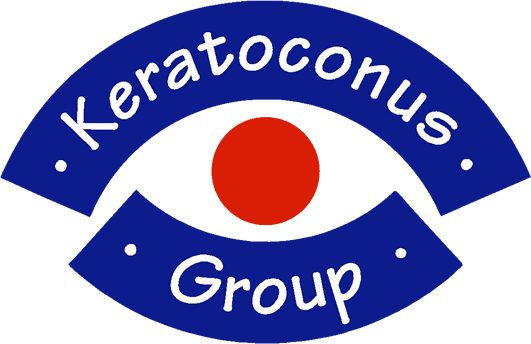What Is CXL?
CXL is a treatment designed to stop keratoconus from worsening. It strengthens the cornea and prevents further thinning or bulging.
Important: CXL does not usually improve vision; its main goal is to prevent progression of the condition.
Who Can Have CXL?
- People with progressive keratoconus.
- Typically under 40 years old.
- Corneas must be thick enough for safe treatment.
Before the Procedure
- Comprehensive eye examination, including corneal thickness measurements.
- Stop wearing contact lenses for a few days if advised.
- Discuss pain relief options; mild analgesics may be given before or after the procedure.
During the Procedure
- Preparation: The outer corneal layer (epithelium) may be gently removed.
- Riboflavin Application: Vitamin B2 drops applied to the cornea.
- UV Light Exposure: UV light activates the riboflavin to strengthen corneal collagen.
- Bandage Contact Lens: Placed on the eye to reduce discomfort while healing.
After the Procedure
- Pain and discomfort: pain levels vary, some people experience mild discomfort, while others more severe pain in the first few days. usually managed with prescribed pain relief and lubricating drops.
- Light sensitivity and blurred vision: Common for several days.
- Follow-up care: Regular appointments to check healing and corneal stability.
- Activity precautions: Avoid eye rubbing and follow instructions on work, screen use, and sports.
Recovery
- Discomfort usually lasts a few days to a week.
- Full healing in terms of corneal stabilisation takes several months.
- Most patients will still need glasses or contact lenses after the procedure for the best vision.
Risks
- Infection (rare)
- Temporary blurred vision
- Corneal haze or scarring (usually mild and resolves over time)
- Eye discomfort or pain
Key Takeaways for Parents
- CXL is Effective: The most widely studied non-surgical treatment for stopping keratoconus progression.
- Long-Term Benefits: Can provide lasting stabilization, reducing the risk of needing a corneal transplant.
- Treatment Protocols Matter: Different CXL methods exist; your eye care provider will choose the safest and most effective option.
- Retreatment is Possible: If progression continues after initial treatment, a second CXL may be effective.
Evidence & Research
CXL is supported by large, well-conducted studies:
- Effective at stopping progression: Over 800 eyes studied showed stabilization and improved corneal shape within 12 months¹.
- Long-term benefits: Registry studies show corneal stability is maintained for 5 years or more².
- Different protocols: Accelerated CXL may offer higher success rates than alternative methods³.
- Retreatment possible: If keratoconus continues to progress, a second CXL can be effective⁴.
References:
- Shetty, R. et al., 2023. Effectiveness of corneal collagen cross-linking in progressive keratoconus: a multicentre study of 886 eyes. PubMed. Available at: https://pubmed.ncbi.nlm.nih.gov/37367742/
- Gomes, J.A.P. et al., 2023. Long-term outcomes of corneal collagen cross-linking: data from the Save Sight Keratoconus Registry. Nature Eye. Available at: https://www.nature.com/articles/s41433-023-02641-6
- Caporossi, A. et al., 2023. Comparison of accelerated and iontophoresis corneal collagen cross-linking protocols: a large cohort study. Journal of Clinical Medicine, 12(8), p.2931. Available at: https://www.mdpi.com/2077-0383/12/8/2931
- Times of India, 2023. Severity of keratoconus predicts risk of disease progression even after treatment. Available at: https://timesofindia.indiatimes.com/city/hyderabad/severity-of-keratoconus-predecits-risk-of-disease-progression-even-after-treatment-study/articleshow/124487186.cms
